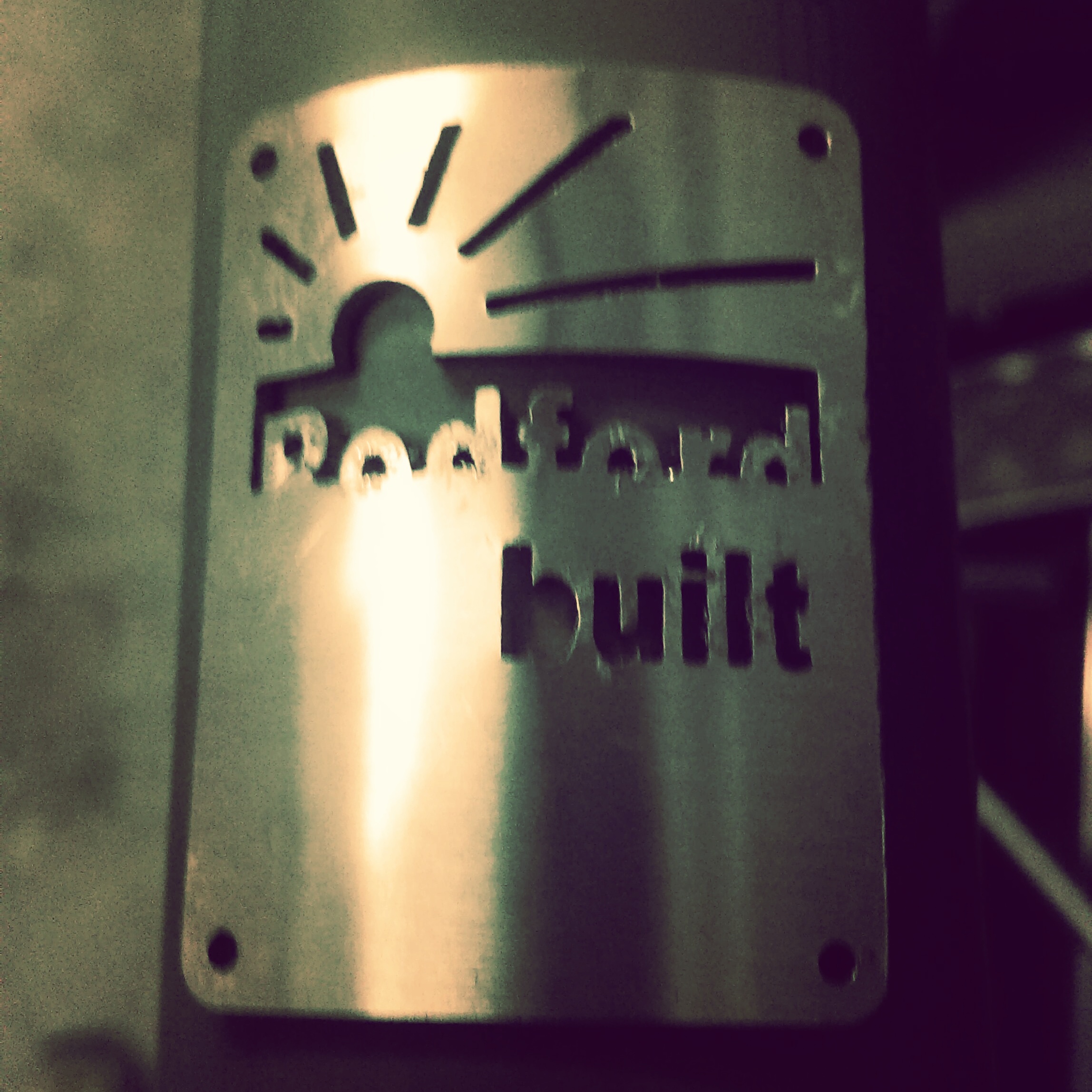Fatigue failure of a material is always a concern to design engineers because it is difficult to calculate for a given part and therefore presents an unknown risk in the final product. Factors that affect fatigue strength include the material, shape of the part, any defects, corrosion, heat treatment and loading.
Fatigue is defined as "the progressive and localised structural damage of a material subjected to cyclic loading", but within this definition there are two types of fatigue to consider.
High cycle fatigue.
This is the repeated cyclic loading of a part inside the material's elastic limit. Typical cycles to failure would be 100,000 or more. A good example is a bicycle spoke which undergoes tensile and compressive loads for each wheel revolution.
Low cycle fatigue.
This describes events which stress a part beyond its elastic limit, causing plastic deformation. The bending of a bicycle fork after an impact could be an example of this and after such an event the remaining strength of the part is reduced.
In the bicycle world components are almost entirely operating in the high cycle fatigue arena under normal riding / loading conditions.
SN Curves
Fatigue performance of a metal sample can be tested in the lab to produce an S-N curve.
S = stress. N=number of cycles. A graph for an aluminium sample is shown below
SN curve for a Brittle Aluminium sample
Note : Stress is in Mpa (mega Pascals : where 1 Pascal is 1 Newton per square metre)
Fatigue testing of this type is usually stopped after 1.0xE07 cycles, at which point the lowest point on the graph is used to define the "fatigue limit" or "fatigue strength" of the material. The graph shows how the material can be used under higher stress applications, but only if the cyclic loadings are kept low enough. Point A on the graph shows that the part can withstand a 260Mpa cyclic loading but only for 100 cycles. Point B shows the same part can take 10,000 cycles before failure, but only if the load is kept below 120Mpa.
Interestingly (to me at least) the Steel SN curve will typically reach a point where the curve ceases to decline. This implies an infinite fatigue strength if this loading is not exceeded.
Comparison of Steel and Aluminium SN curves
Note how the steel curve ceases to decline below 300Mpa
The reality is that any metal will likely fail given unlimited test cycles, but we can still state that by designing a part to operate below the fatigue limit, we will have the best performance from the chosen material. In the graph above using the steel part in an application not exceeding 300Mpa should result is an (almost) infinite life for the component. This is one of the reasons we favour Steel for the construction of our cargo lugging bikes.
Product design is another area where designers can make a difference to fatigue performance. Sharp corners on parts create stress concentrations. Famously the handsome de Havilland Comet suffered several crashes in 1954 and this was eventually traced to fatigue fractures propagating from the corners of the windows. Today, all passenger jets have oval windows as a consequence.
Finally a rule of thumb to bypass some of this theory. Fatigue strength in a steel part is typically half the ultimate tensile strength. So by specifying materials and designing parts so that they are operating at less than 50% of their tensile strength; we can be confident the part will have robust fatigue performance in service.
Taking of fatigue; this text is likely sending you to sleep, suffice to say we know what Fatigue is here at Rodford and how dangerous it can be, so we take all possible steps to design it out of our products.
Now have yourself a coffee.



